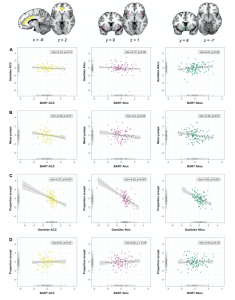The SWE colloquium on Thursday 17 December (12:00-13:00) will be presented by Stefan Pfattheicher, Department of Psychology and Behavioural Sciences. The talk will be totally virtual, streamed live through Zoom.

On the relation of boredom and sadism (and other cruelties)
The beauty of human goodness is clouded when we turn our focus to humans’ inclination for destructiveness. The present talk focuses on one particular type of destructiveness: sadism (i.e., harming others for pleasure). There is a substantial gap in the literature regarding the question of which (situational) conditions actually motivate sadistic tendencies. In fact, we know very little about when and why sadistic tendencies actually emerge. In this talk it is argued that boredom plays a crucial role in the emergence of sadistic tendencies. Empirical evidence is presented from (a) a personality perspective by including trait boredom and trait sadism in the analysis, (b) an applied perspective by presenting evidence from studies at public schools, in the military, on the internet (online bullying), and the private space (sadistic fantasies), and (c) experimental behavioral studies. The talk will end with a discussion of challenges in the analysis of cruel behavior.
Reading: Westgate, E. C. (2020). Why boredom is interesting. Current Directions in Psychological Science, 29(1), 33-40. doi: 10.1177/0963721419884309

